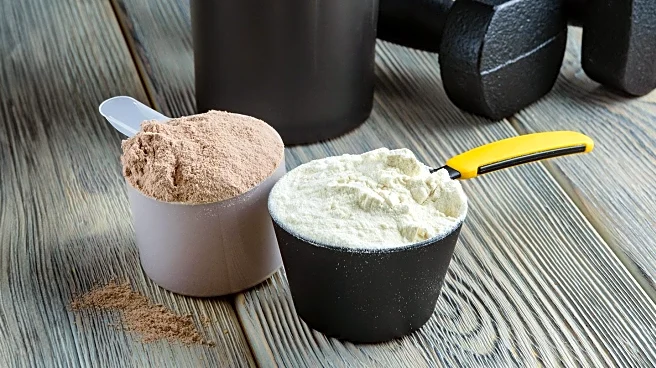What's Happening?
Recent findings highlight the presence of microplastics in common kitchen items, raising concerns about their potential health impacts. Americans are estimated to consume between 39,000 to 52,000 microplastic particles
annually through food, water, and kitchenware. Items such as plastic storage containers, utensils, air fryers, and tea bags have been identified as sources of microplastic contamination. Studies suggest that these particles can cause cell damage, immune system weakening, and other health issues. Consumers are encouraged to replace plastic items with alternatives made from glass, metal, or wood to reduce exposure.
Why It's Important?
The discovery of microplastics in everyday kitchen items underscores a growing environmental and health issue. As microplastics are linked to various health risks, this revelation could prompt changes in consumer behavior and product manufacturing. The demand for safer, non-plastic alternatives may increase, influencing market trends and encouraging companies to innovate in the development of eco-friendly products. Additionally, this issue highlights the need for further research into the long-term health effects of microplastics and the development of regulations to limit their presence in consumer goods.
What's Next?
As awareness of microplastic contamination grows, consumers may increasingly seek out and invest in non-plastic kitchenware. This shift could drive manufacturers to prioritize sustainable materials and transparent labeling practices. Regulatory bodies might also consider implementing stricter guidelines to control the use of plastics in food-related products. Continued research will be essential to fully understand the health implications of microplastics and to develop effective strategies for minimizing exposure. Public health campaigns may also emerge to educate consumers on the risks and encourage safer kitchen practices.











